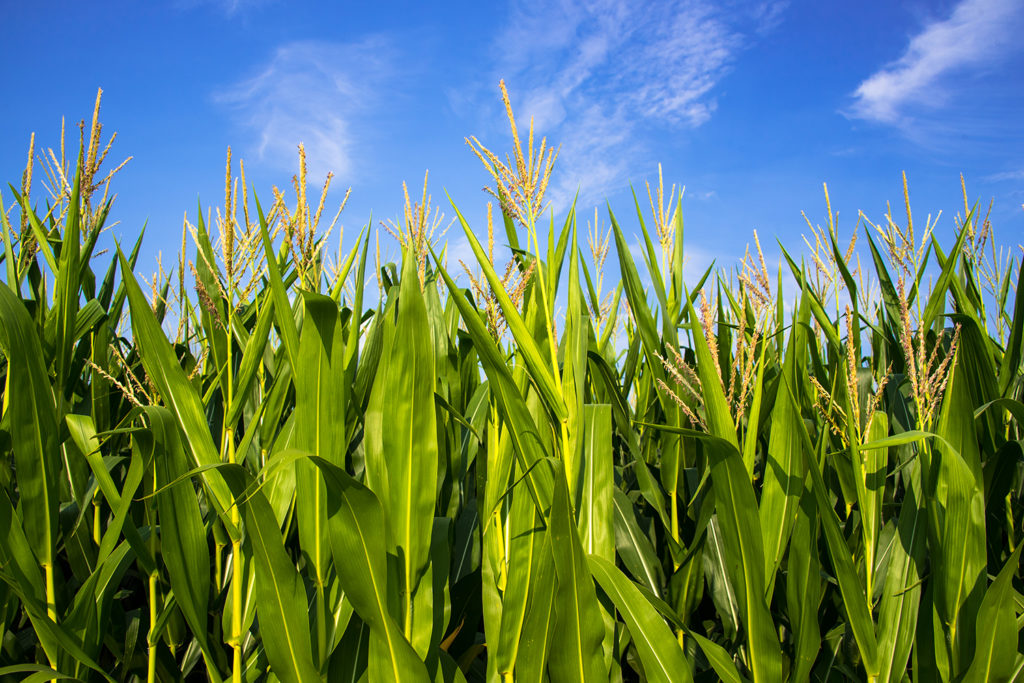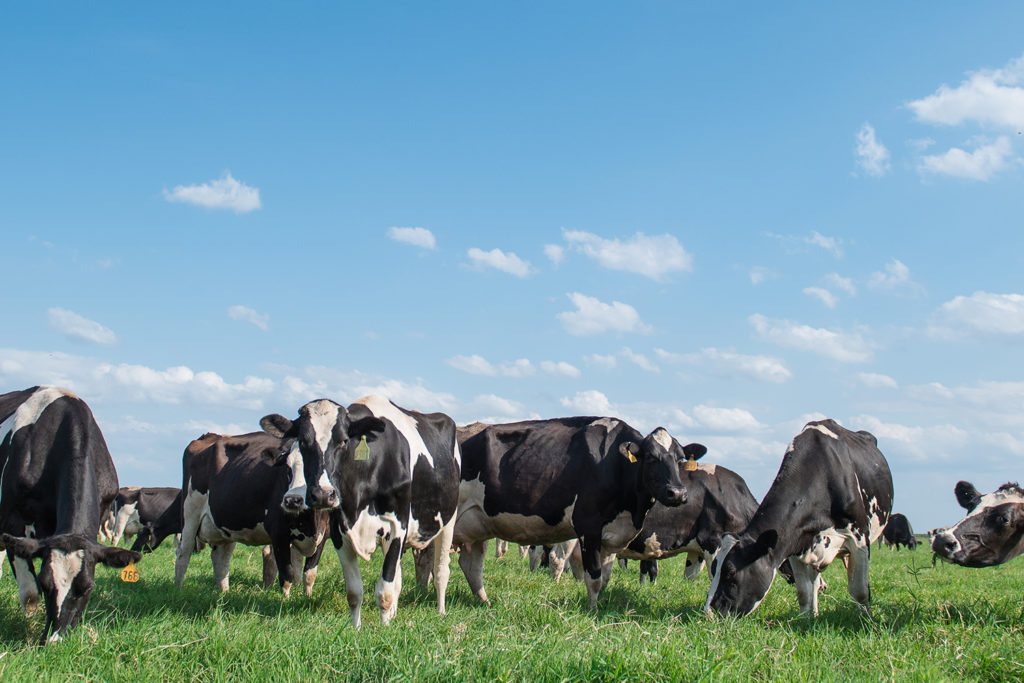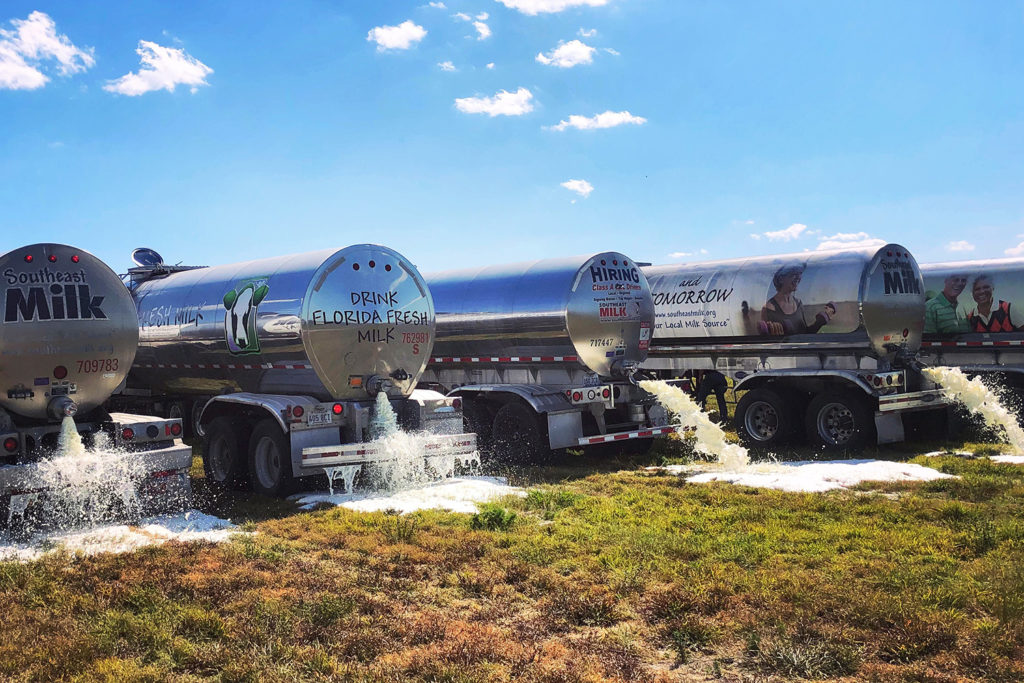
Empty store shelves stemming from COVID-19 pandemic mitigation measures may be frustrating consumers, but farmers in electric cooperative country are facing more dire consequences resulting from huge losses on crops, livestock and corn planted to produce ethanol.
“Demand and prices are just deflated. We’ve watched the market go down for corn and soybeans since COVID-19 became a major concern in March,” said Scott Bidner, a fifth-generation farmer whose family was among the original members of Paxton, Illinois-based Eastern Illini Electric Cooperative.
Bidner’s family plants row crops on 1,600 acres near Champaign, Illinois, including corn used for ethanol production. They regularly track commodity prices from the Chicago Board of Trade.
Losses on Fuel and Food

“It’s kind of sad to look at that,” said Bidner. “We have no way of knowing just how much impact this will have on our income.”
In early April, declines in energy demand worldwide drove oil prices into the negative. Oil and gas wells were idled, drilling rigs were parked, and oilfield roughnecks headed home to wait for callbacks.
While oil fields can be shut down until prices rebound, perishable crops such as soybeans, corn, sunflowers and canola cannot, and production lead times tie up agricultural working capital for the season.
With some forecasters predicting ethanol demand off by 3 billion barrels for 2020, or about 20% lower than anticipated production, many farmers see tough times ahead. Between 40% and 50% of the corn grown in the United States typically is used for ethanol production.
“We sell a lot of corn to ethanol plants here in Illinois, and we buy back corn gluten pellets to fatten our cattle; it’s a great feed for our operation,” said Dale Haden, who farms about 6,500 acres with two of his brothers. “Ethanol plants are now shutting down, so it’s limiting the number of marketplaces we can actually deliver to. They’re no longer buying corn because they’re closed because prices are so depressed that they can’t break even.”
The three Haden families, members of Winchester-based Illinois Electric Cooperative, are not only concerned about finding a market for their 5,000-acre fall harvest. They’re also seeing beef prices decline, due in part to COVID-19-related processing bottlenecks now plaguing supermarkets. Some of the nation’s largest meat-packing facilities have suspended operations because of virus outbreaks among their personnel.
“We always have cows that need to be liquidated, but right now we’re keeping them and holding them because there’s no demand or there’s no marketplace to accept them,” said Haden.
Haden said he can’t even make back the money he invested.
“Look at the Chicago Board of Trade. None of those prices in cattle, grain, corn or soybeans are my break-even,” said Haden. “I can’t recover the amount of money I already have invested, and I borrowed working capital to put the crop in. When I harvest in September and October and I (go to) market, it is not looking like there will be much demand to support prices.”
Haden Farms typically contracts about half of its future grain sales for autumn harvest before crops are planted, but volatility, stemming from uncertain demand and potential shortages of silo and elevator storage capacity, has stalled that process.
“I can’t generate revenues in September and October to pay back my line of credit that we borrowed from the bank,” said Haden. He added that that could worsen hardships brought on by depletion of working capital over the last few years due to low demand for grain exports.
Missing Markets

The speed and extent of the COVID-19 shutdowns all but eliminated sustainable markets for some agricultural products.
When school systems suspended classes in March—many for the balance of the year—it abruptly halted demand for products like half-pint servings of milk.
“We’re dumping 20 to 25 loads of milk on the ground per day,” said Brittany Thurlow, a fifth-generation dairy farmer in Florida’s Hardy County. “As much as we would like for the milk to go into the hands of consumers, there’s a cost of doing that.”
Those costs include transportation, processing and packaging of milk into larger containers suitable for retail distribution. Dairy cattle must be milked regularly to keep producing.
“We already aren’t being paid for the milk, so the decision was made to dump the milk on the ground at the farm,” said Thurlow. “That way we don’t incur any further transportation costs, and frankly we didn’t have processors that would take it even if it were free because they have a cost to process the milk.”
Thurlow’s 10-Mile Dairy Farm has been a member of Wauchula-based Peace River Electric Cooperative since her grandparents founded the operation in the 1950s. The farm produces about 10,000 gallons of raw milk per day and operates a calving and beef cattle operation in Zolfo Springs.
“We went from a place where our orders were very steady, pretty predictable for this time of year to this very large peak,” said Thurlow, recalling the early days of the pandemic shutdown when demand for retail milk outstripped regionally available supplies in many areas.
“We had to import milk from out of state just to supply those orders that we had from panic-buying,” she said. “Then just as though somebody turned the light switch off, that extreme peak in demand went to a huge valley.”
Thurlow and other Florida dairy farmers are also facing uncertainties from vendors in the food service end of their business. With restaurants still limiting operations to carryout service and cruise ships and theme parks suspending their operations, demand from those customers has declined.
“There’s a huge amount of food service that dairy is used for, including cheese and other processed products, like yogurt or ice cream,” she said. “With the food service disruption, we don’t have plants to send the extra milk to because they are closed because the restaurants are closed.”
Derrill Holly is a staff writer at NRECA.
Related Content:
Read More on the electric co-op response to the COVID-19 Pandemic